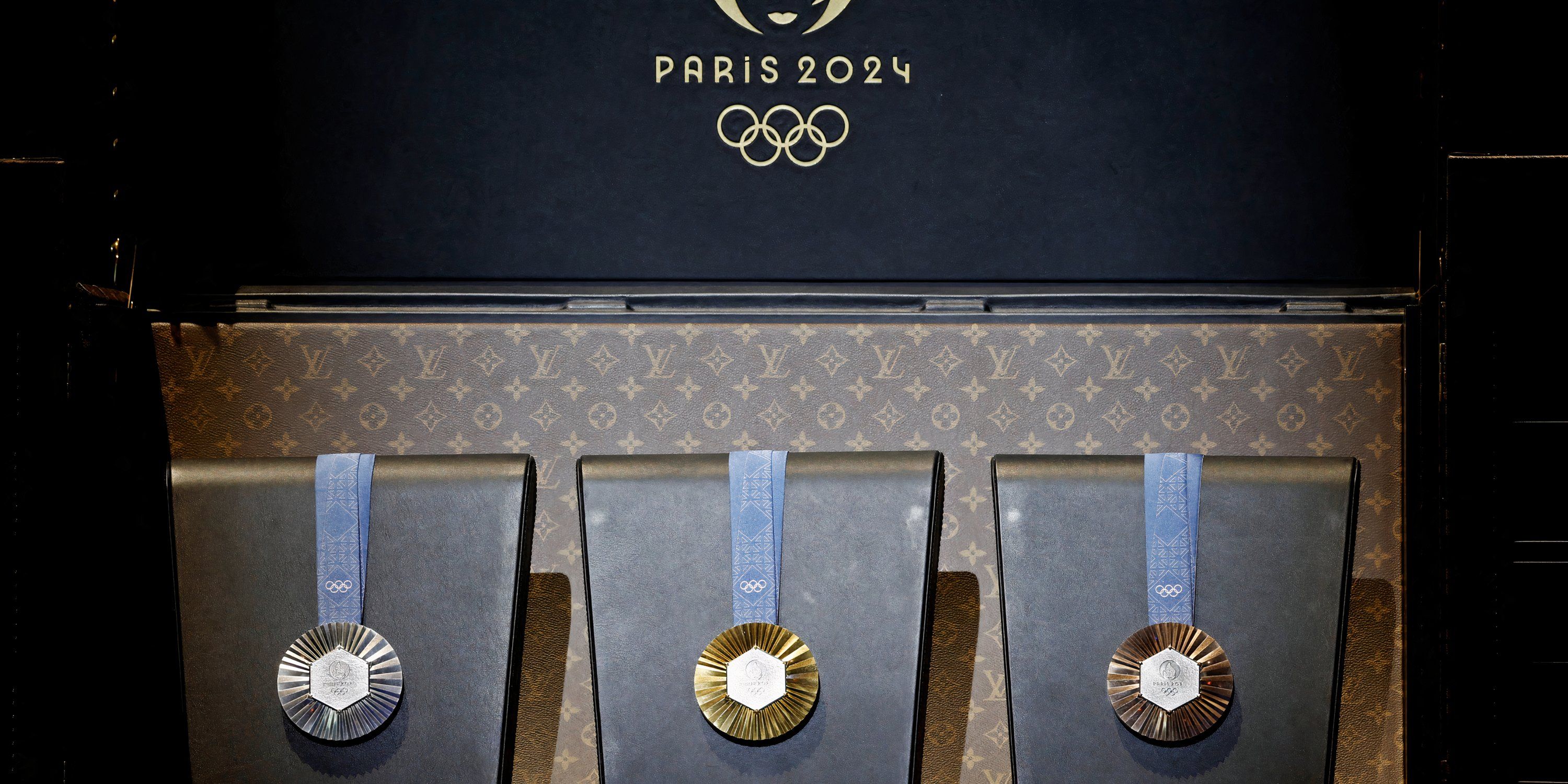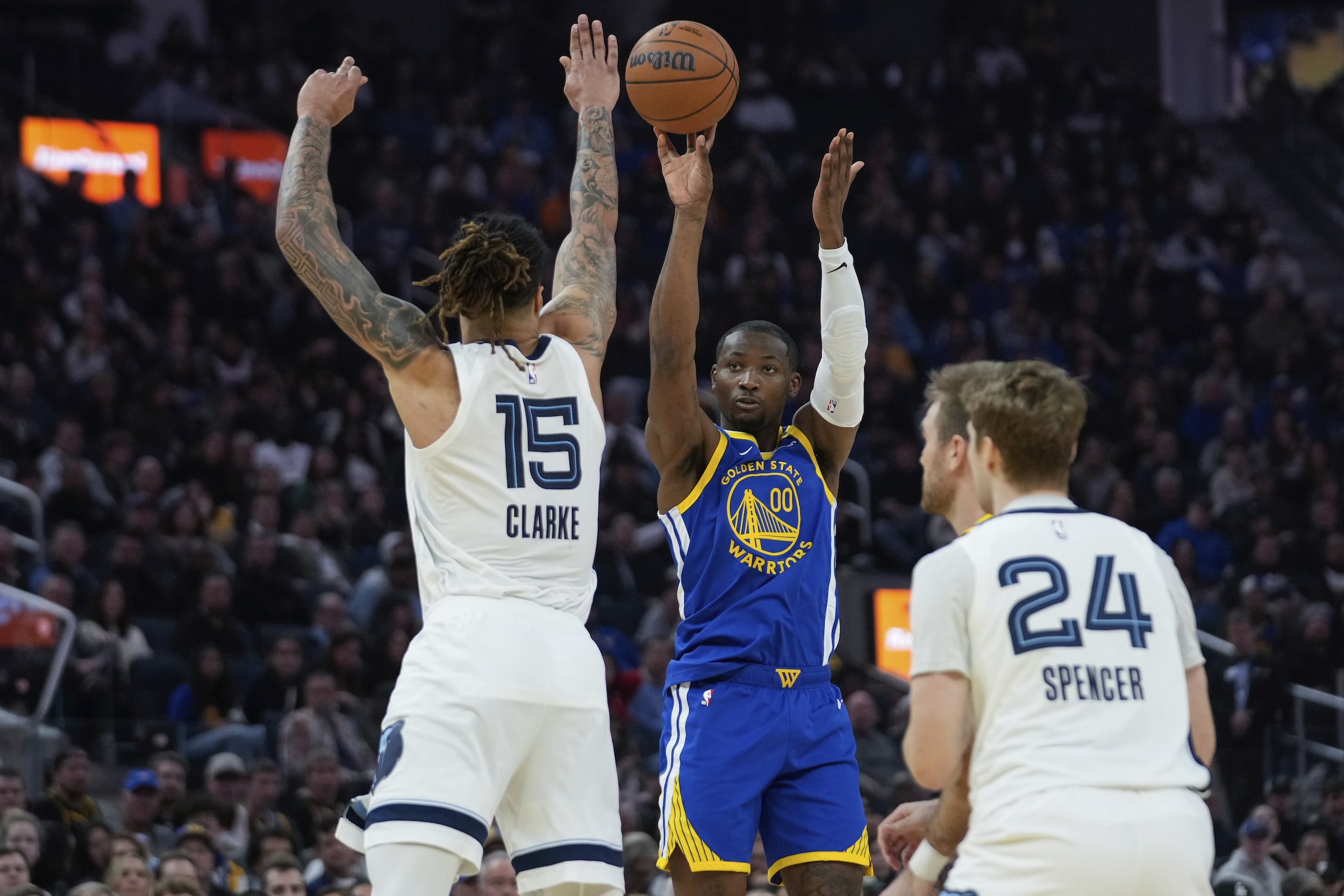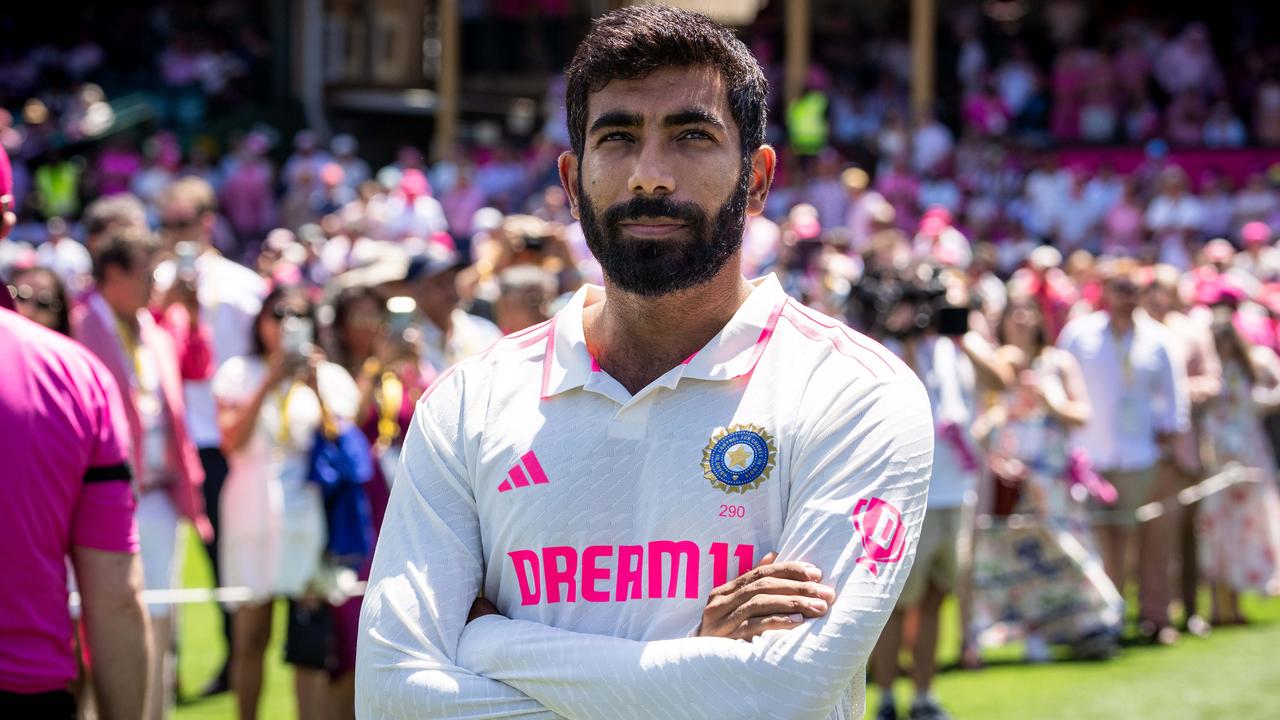
Although the Paris 2024 Olympics concluded only five months ago, athletes from the event have once again raised concerns about the durability of their medals. They have revealed that what was meant to symbolise a lasting achievement has deteriorated surprisingly quickly. Crafted by the Paris jewellery house Chaumet and produced by the Paris Mint, each medal contains a piece of scrap iron taken from the Eiffel Tower during previous renovations.
In total, over 1,000 hexagon-shaped medals were awarded at the 2024 Games. However, concerns about their durability began surfacing within weeks of the event. US skateboarder Nyjah Huston previously remarked that his bronze medal looked as if it had "been to war and back" just a week after winning it.

Now, nearly six months later, the continued wear and tears renders a sorry sight. Stay up to date with the leading nations in the medal table at the 2024 Paris Olympics. Paris 2024 Medal Durability Exposed By Athletes Other athletes also expressed frustration over the durability of their medals during the event.
Brazil's Rebeca Andrade, who won gold in the floor gymnastics final ahead of Simone Biles, admitted she avoided wearing her medals because they were "knocking against each other and scratching." Danish badminton player Viktor Axelsen shared a close-up video comparing his gold medal from Paris to his Tokyo 2021 medal, noting that the older one appeared to have aged much more gracefully. Similarly, British diver Yasmin Harper, who claimed bronze in the women’s 3m synchronised springboard, mentioned she had observed "small bits of tarnishing" and "discolouration," according to The Guardian.
In a more recent revelation, French swimmers Clement Secchi and Yohann Ndoye-Brouard have gone viral after posting photos highlighting the poor condition of their bronze medals. The duo earned their medals as part of the French team that secured third place in the 4x100m medley relay. Secchi, 24, shared an image of his medal on Instagram with the caption "crocodile skin," seemingly referencing its scaly, worn appearance.
The medal's color appeared to have faded significantly, with visible signs of material degradation. After the photo began circulating on X, Ndoye-Brouard, also 24, responded by revealing the condition of his own bronze medal six months after the Games. Joking that it looked more like a relic from 1924 than 2024, he quipped in reference to Secchi’s medal: "And yet, hers is in good shape.
" Following the initial controversy sparked by Huston's complaints in August, Paris 2024 officials responded to athletes' concerns about the durability of their medals. In a statement released at the time , they pledged to replace any "damaged" medals. A spokesperson for the Games said: "Paris 2024 is aware of a social media report from an athlete whose medal is showing damage a few days after it was awarded.
Paris 2024 is working closely with the Monnaie de Paris, the institution tasked with the production and quality control of the medals, and together with the National Olympic Committee of the athlete concerned, in order to appraise the medal to understand the circumstances and cause of the damage." "The medals are the most coveted objects of the Games and the most precious for the athletes.Damaged medals will be systematically replaced by the Monnaie de Paris and engraved in an identical way to the originals.
" But it appears the problem is still far from being resolved..















